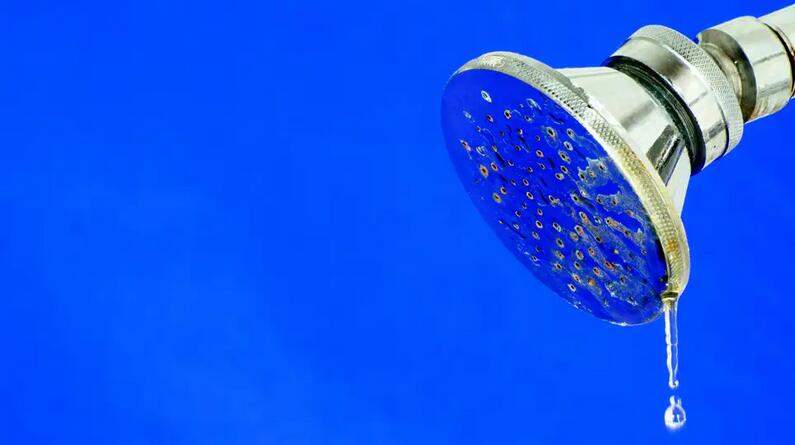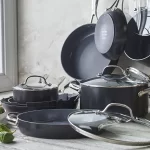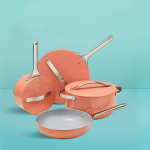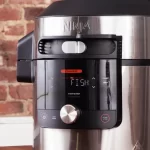These are the basics to look at before calling a professional to fix your water pressure problem.
When your water pressure drops to a trickle, cooking, dishes, and bathing can all be difficult. Low water pressure can be difficult to fix, even though it may seem like a complicated problem. It is important to identify the root cause of low water pressure. This will allow you to determine the severity of the problem and whether it is worth calling in professionals. Here are some places to start.
Talk to your water company
Your local water utility should be called first if water pressure drops in your entire house. You can check their website or call them to see if they are doing any repairs or flushing in your area. Your water pressure may be temporarily reduced if you have problems with the water mains.
If this is not the case and there is no flooding, you can do other checks before calling a plumber.
All valves should be checked
A partially closed valve can cause low water pressure. This is the easiest thing to fix. Start at the water meters, which are usually outside your home, on an outside wall, or under a covered hole in your curb strip. Make sure that the valves are opened. The valve should be parallel to the pipe if it has a lever. It could be partially closed. Next, inspect the valves in your home. You should find a main shutoff valve in your basement, utility room or close to a washer-dryer connection. The valve can be either a knob or a lever, similar to your outdoor shutoff. To open the valve, turn it counterclockwise or parallel to the pipe. Check the shutoff valves under the sink if the water pressure problem is limited to one tap.
Look for leaks
You could have a leak if valves are not the problem. If there is dampness, water puddling or other issues, this issue will be apparent. However, it’s possible to have a slow leakage from a small crack that’s more difficult to spot. You can test your water meter by turning off all water-using appliances and taps. You can leave them off and then take another reading within a few hours. You may have a leak if you see additional water consumption.
You should check for water damage and moisture everywhere you can. If you find a slow leak, it is possible to repair it yourself, as long as the problem is not too serious. You can purchase a pipe repair kit and a plumber’s epoxy to handle emergency repairs. Although you don’t need to hire a plumber for a professional job once yours is done, a temporary patch may be able to save you money on emergency repairs.
Troubleshoot any other issues
After identifying the problem areas, you can start to think about whether the demand for water is too high. This can be reduced by switching when water is used for washing dishes, washing clothes, and showering. Low water pressure can also be caused by mineral buildup in the pipes. This can be fixed by using vinegar to treat them or having your pipes flushed by a professional plumber. This happens more often in areas that have “hard” water. These areas contain higher levels of minerals such as calcium.
Your water pipes should be descaled
Turn off your water heater to “descale” your pipes. If you have a gas-powered water heater, switch the flame setting on pilot. Close the water valve that goes into the heater. Attach a garden hose at the tank’s base to drain approximately two gallons. Turn off the valve, and then pour two-gallon containers of vinegar into the tank. The tank can be returned to its original settings, and it should then be left alone overnight.
Run all hot water taps for a few seconds in the morning. If water pressure doesn’t return to normal after this flush, you should call a professional. The buildup of minerals and corrosion in pipes may be the cause.






